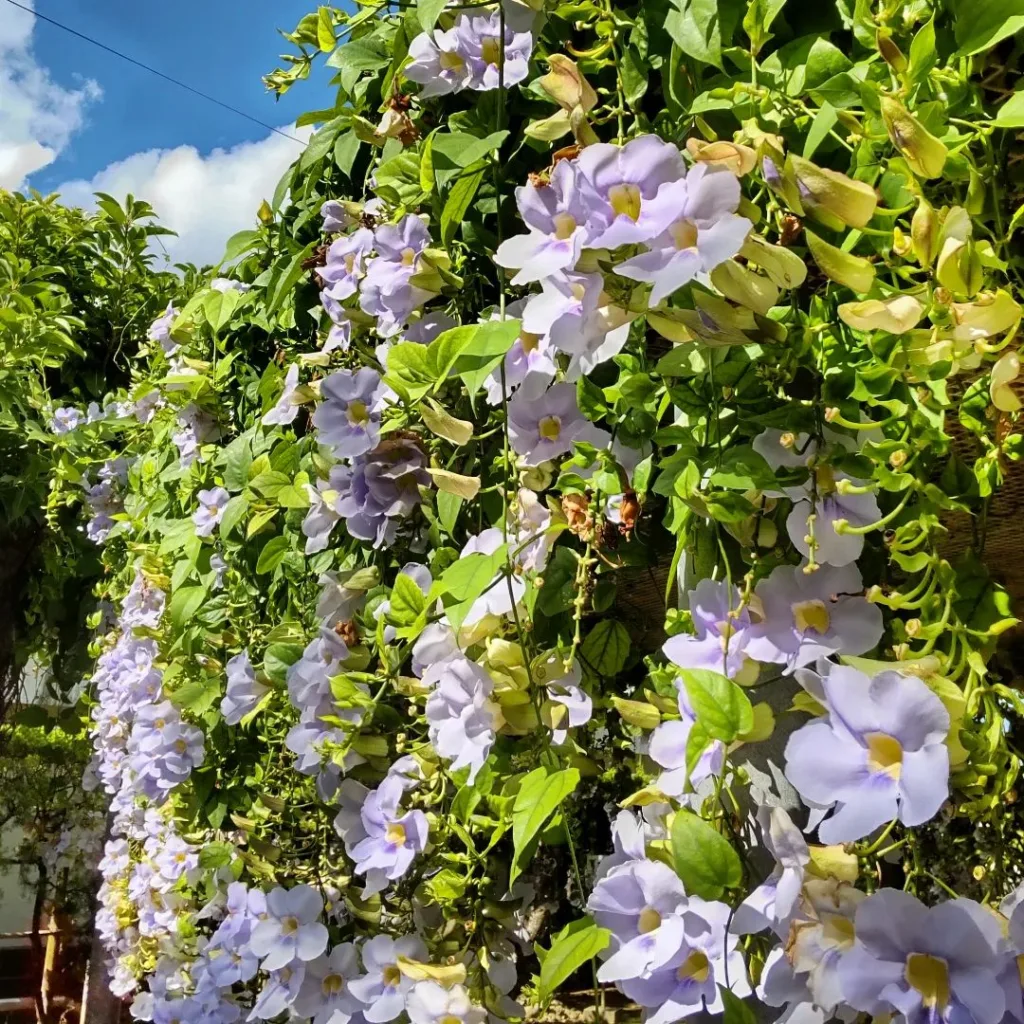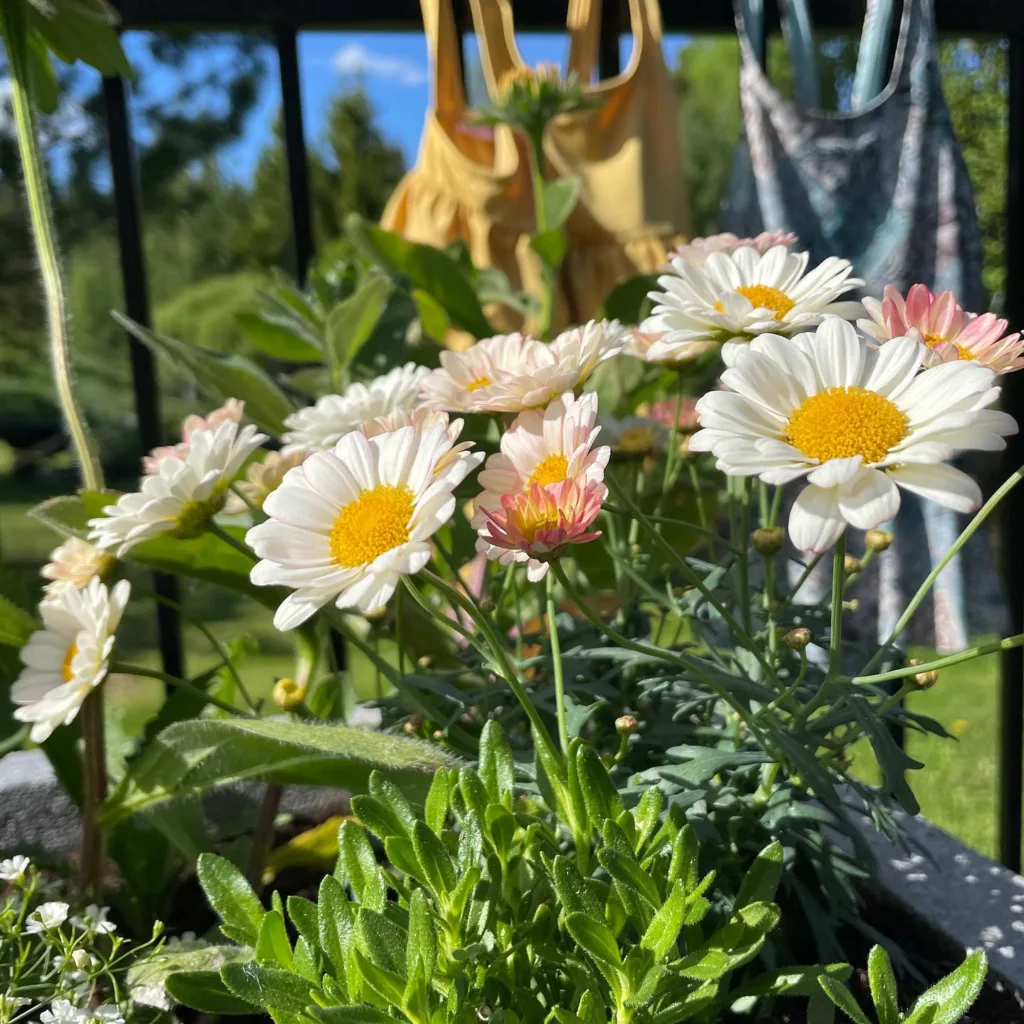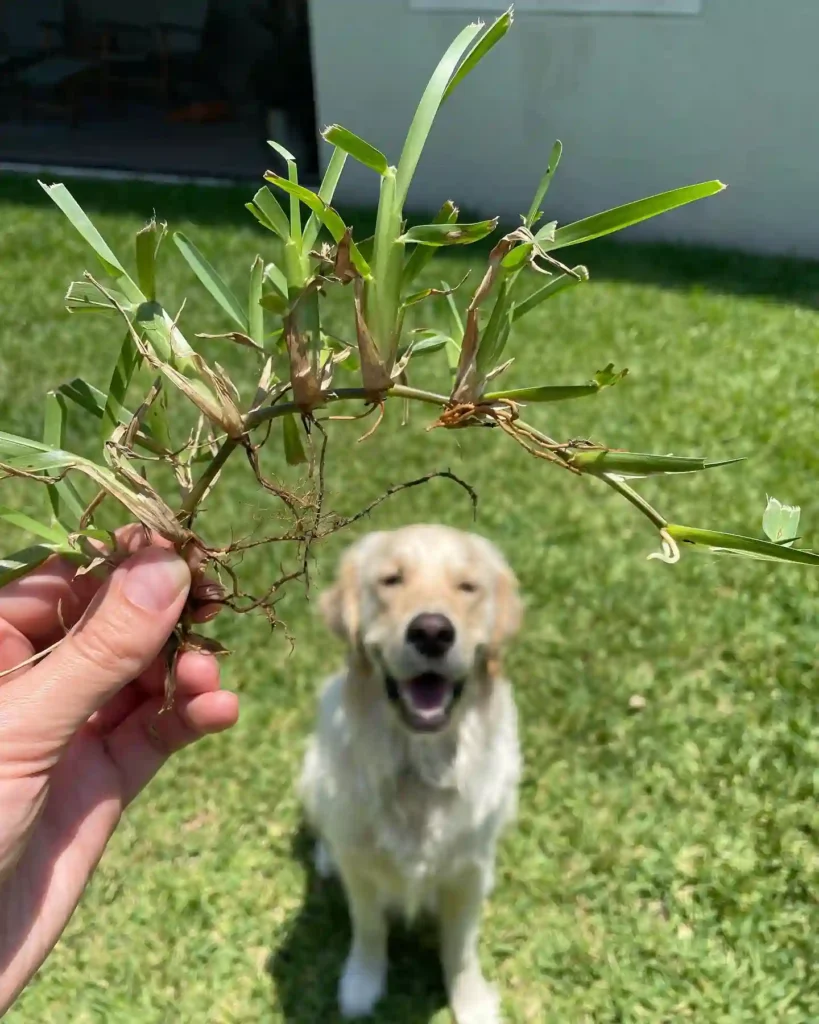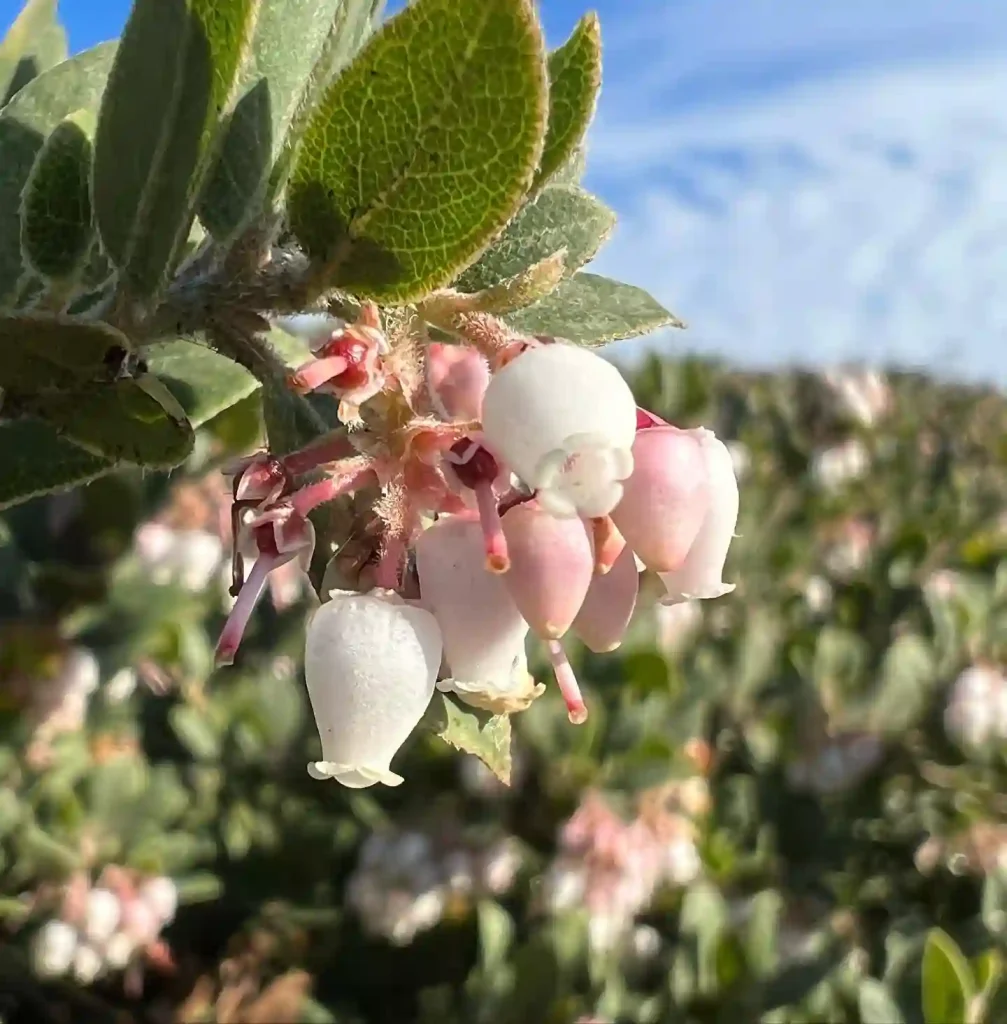FAQs About Osmanthus Burkwoodii
If you’re considering adding Osmanthus Burkwoodii to your garden, you might have a few questions about this beautiful shrub. From its care needs to its toxicity, here’s a comprehensive guide to help you understand and manage Osmanthus Burkwoodii.
26 Species in Genus Osmanthus
Is Osmanthus Burkwoodii Poisonous to Dogs?
One of the first things many pet owners ask is whether Osmanthus Burkwoodii is toxic to dogs. Fortunately, Osmanthus Burkwoodii is not known to be toxic to dogs. Unlike some plants that can cause adverse reactions in pets, this shrub is generally considered safe. However, it’s always wise to monitor your pets around new plants and consult with your veterinarian if you have any concerns.
When to Prune Osmanthus Burkwoodii?
Pruning Osmanthus Burkwoodii is crucial for maintaining its shape and promoting healthy growth. The best time to prune this shrub is in late winter or early spring, just before new growth begins. This timing allows you to shape the plant and remove any dead or damaged branches without interfering with its blooming cycle. Pruning at this time also ensures that the plant has time to recover and grow robustly during the growing season.
How to Prune Osmanthus Burkwoodii?
Pruning Osmanthus Burkwoodii involves a few simple steps. Start by removing any dead or diseased wood. Cut these branches back to healthy tissue. Next, thin out the center of the shrub to improve air circulation and light penetration. This helps prevent fungal diseases and encourages more vigorous growth. Finally, shape the shrub to maintain its natural form. Avoid cutting back too hard, as this can stress the plant and reduce blooming.
Where to Buy Osmanthus Burkwoodii?
If you’re looking to purchase Osmanthus Burkwoodii, you have several options. Local garden centers and nurseries often carry this shrub, especially during the planting season. You can also find Osmanthus Burkwoodii from online retailers that specialize in plants and garden supplies. When buying online, make sure to choose a reputable seller to ensure you receive a healthy, quality plant.
How to Care for Osmanthus Burkwoodii?
Caring for Osmanthus Burkwoodii involves understanding its basic needs. This shrub prefers well-drained soil and a sunny to partially shaded location. It is relatively low-maintenance but benefits from regular watering, especially during dry periods. Fertilize it once a year in early spring with a balanced, slow-release fertilizer to support its growth and flowering.
How to Propagate Osmanthus Burkwoodii?
If you’re interested in propagating Osmanthus Burkwoodii, you can do so through cuttings. Take semi-hardwood cuttings in late summer or early fall. Dip the cuttings in rooting hormone and plant them in a well-draining potting mix. Keep the soil consistently moist and place the pot in a warm, bright location. Rooting can take several weeks, after which you can transplant the new plants into the garden.
What to Plant with Osmanthus Burkwoodii?
Osmanthus Burkwoodii pairs well with a variety of other plants. Consider planting it alongside evergreen shrubs like boxwood or holly for a year-round green backdrop. It also complements flowering plants such as azaleas or camellias, creating a dynamic and colorful garden bed. For a more formal look, plant it with low-growing groundcovers or ornamental grasses.
Can You Grow Osmanthus Burkwoodii Indoors?
Osmanthus Burkwoodii is primarily an outdoor shrub and does not typically thrive indoors. It requires ample sunlight and space to grow, conditions that are challenging to replicate inside a home. If you live in a colder climate, consider growing Osmanthus Burkwoodii in containers that can be moved indoors during harsh weather or planting it in a sheltered outdoor spot.
Is Osmanthus Burkwoodii Toxic?
As mentioned earlier, Osmanthus Burkwoodii is not toxic to pets or humans. It is a safe choice for gardens where pets and children play. However, while it is non-toxic, it’s always best to discourage ingestion of any plants by pets or children to avoid any potential stomach discomfort.
Benefits of Osmanthus Burkwoodii
Osmanthus Burkwoodii offers several benefits. Its glossy evergreen leaves and fragrant white flowers make it an attractive addition to any garden. The shrub’s dense foliage provides excellent privacy and can serve as a natural screen or hedge. Additionally, it is relatively low-maintenance, making it a great choice for busy gardeners.
Common Problems with Osmanthus Burkwoodii
While Osmanthus Burkwoodii is generally resilient, it can encounter some issues. Watch out for pests like scale and aphids, which can affect the plant’s health. Fungal diseases such as powdery mildew can also be a problem, particularly in humid conditions. Regularly inspect the plant and address any issues promptly to keep it in good shape.
Compare with Similar Plants
If you’re considering Osmanthus Burkwoodii, you might also look at similar plants such as Osmanthus Fragrans or Osmanthus Delavayi. Osmanthus Fragrans, known for its fragrant flowers, can be a good alternative if you’re interested in a plant with a stronger scent. Osmanthus Delavayi, on the other hand, is a smaller shrub and might be suitable if you have limited space.
By addressing these common questions and concerns, you can enjoy the beauty and benefits of Osmanthus Burkwoodii in your garden.
If i die, water my plants!



